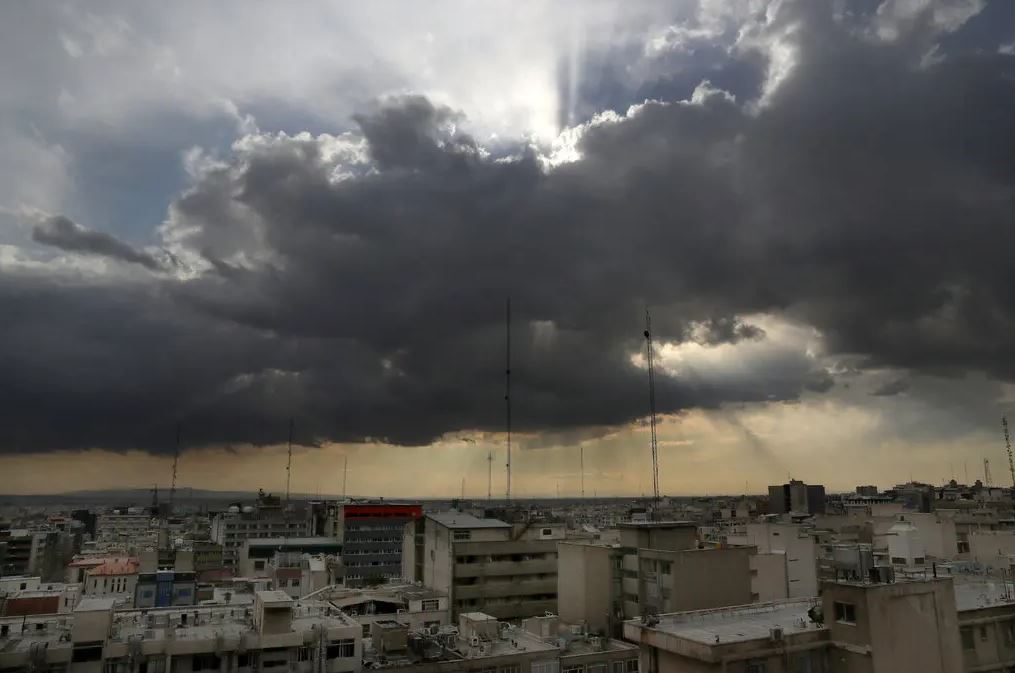Israeli and American intelligence officials have been keeping a close eye on Iran’s work to construct a vast tunnel network just south of the Natanz nuclear production site. They believe this to be Tehran’s most significant effort to date to build new nuclear facilities so far into the mountains that they are able to withstand bunker-busting bombs and cyberattacks.
Even though the construction can be seen on satellite photographs and has been monitored by organisations that keep track of the proliferation of new nuclear facilities, officials working for the Biden administration have never discussed it in public, and Israel’s defence minister has only mentioned it once, in a single sentence during a speech that took place one month ago. During conversations with authorities responsible for national security in both countries, there were plainly different perceptions of just how the Iranians may want to utilise the facility, as well as how serious of a danger it represents.
However, as President Biden gets ready for his first trip as president to the Middle East next month — a trip that will take him to Israel and Saudi Arabia, Iran’s two biggest regional rivals — there is little debate that the conflict regarding Iran’s nuclear programme is about to flare up again. This preparation takes place as President Biden prepares for his first trip as president to the Middle East.
Even if Iran is planning to stop short of producing an actual weapon, as many national security officials believe, it is closer to being able to produce a bomb today than at any other point in the two decades-long saga of its nuclear programme. According to most accounts, Iran is closer to being able to produce a bomb today than at any other point. During Mr. Biden’s trip, one of the most important topics that will be discussed is the possibility of using more harsh actions to halt Iran, similar to what the United States and Israel have tried in the past.
The International Atomic Energy Agency stated earlier this month that the country is just weeks away from being able to enrich enough bomb-grade fuel to make a single nuclear bomb. However, fashioning that into a weapon that is actually usable could take at least another two years, even according to the most alarming estimates that have been provided by Israel.
The recently departed chief of the United States Central Command, General Kenneth F. McKenzie Jr., who supervised military strategy for dealing with Iran, said that Tehran, at least in the near term, was seeking to leverage its nuclear capabilities while it negotiates with the United States.
However, should the attempts of the Biden administration to resurrect the nuclear accord reached in 2015 continue to run into stumbling obstacles, the facility may ultimately prove to be of vital importance to Iran. And it seems that any attempts to reimpose constraints on Iran’s nuclear activity are doomed to failure, at least for the time being.
The level of uranium enrichment of 60 percent falls just short of what is required to produce a weapon, and as a result of Iran’s accumulation of quantities of it over the course of the past several months, estimates of the amount of time it would take to obtain fuel that could be used for a bomb have shrunk to weeks. However, American authorities continue to be of the opinion that Iran has not made any steps toward actually building a weapon, despite the fact that Israeli officials are of the opinion that this is not the case.
Despite all of this, retired officials from the United States have said that Iran is capable of rapidly constructing a nuclear bomb. Miniaturizing such a gadget and installing it on a missile would be a far more challenging endeavour.

